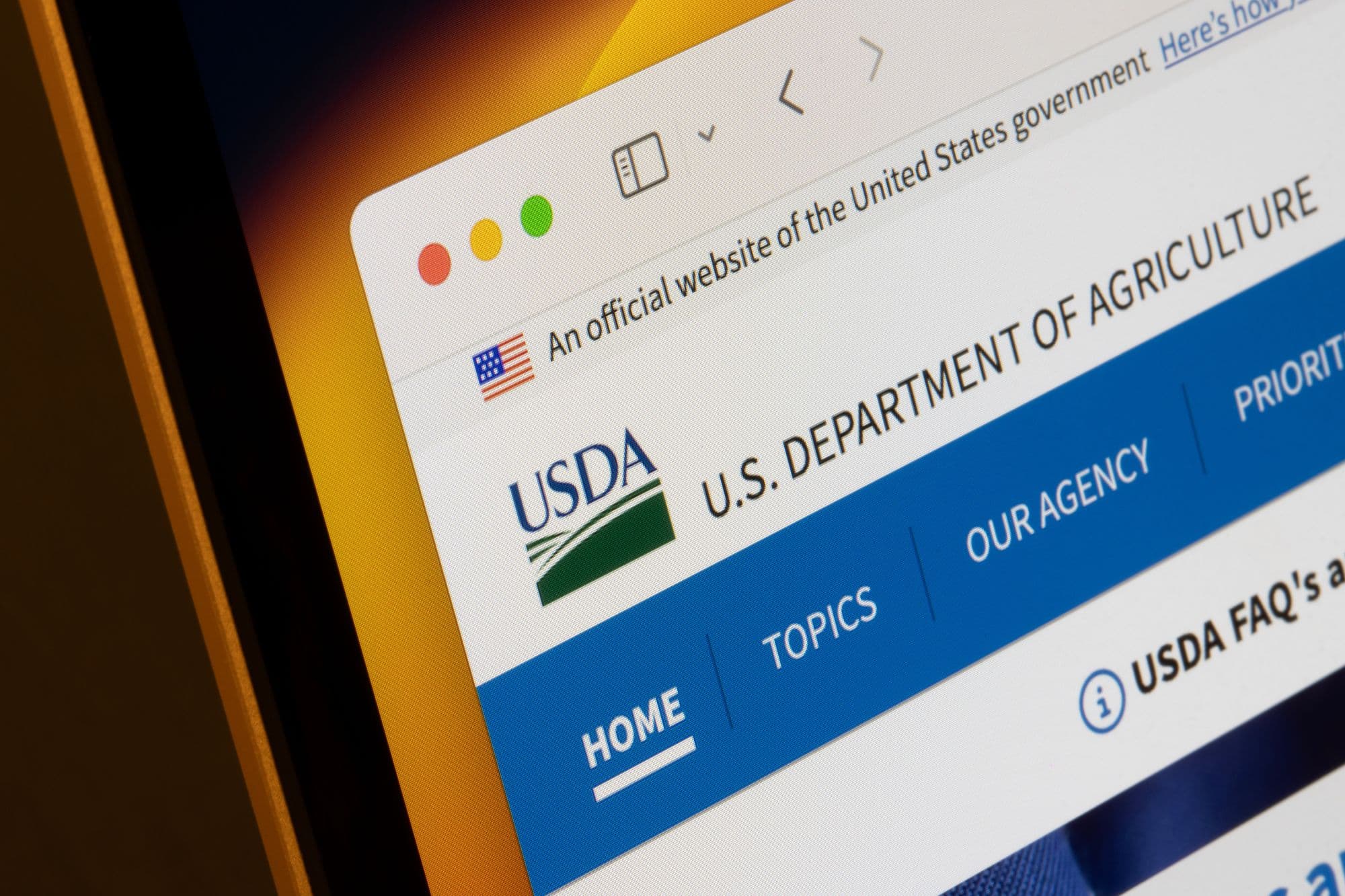Mortgage Refinance: How It Works and When It Makes Sense

If you’re a homeowner, chances are you’ve heard the term “mortgage refinance” tossed around. But what does it actually mean, and is it something you should consider? Whether you’re looking to lower your monthly payments, pay off your home faster, or tap into your home’s equity, refinancing your mortgage could be a smart financial move, if done at the right time.
In this article, we’ll break down what mortgage refinancing is, how it works, and when it truly makes sense to go through with it.
What Is Mortgage Refinance?
A mortgage refinance is when you replace your current home loan with a new one, typically with better terms. The new mortgage pays off the old one, and from then on, you make payments on the new loan instead.
People may consider a refinance for many reasons. The most common ones include:
- Lowering the interest rate
- Reducing the monthly payment
- Switching from an adjustable-rate to a fixed-rate mortgage (or vice versa)
- Shortening the loan term
- Tapping into home equity (known as a cash-out refinance)
Think of it like trading in your car for a newer model that comes with better features and a lower monthly cost. You're still driving a car, but the terms of ownership have changed, and ideally, for the better.
>> More: How Soon Can You Refinance a Mortgage?
How Mortgage Refinance Works
Here’s a simple breakdown of the refinance process:
- Evaluate Your Financial Goals: Do you want to save on interest? Lower your payment? Pull cash from your home? Your reason for refinancing will help you choose the right type of refinance.
- Check Your Credit and Home Equity: Just like your original mortgage, lenders will check your credit score, income, and the amount of equity you have in your home. Generally, the more equity and the better your credit, the better the rates.
- Shop Around for the Best Rate: Don’t settle for the first offer. Compare rates from several lenders, just like you did when you got your original mortgage.
- Apply for the New Loan: Once you choose a lender, you’ll go through the application process. Expect to submit documentation similar to your first mortgage: pay stubs, tax returns, and bank statements.
- Get an Appraisal and Underwriting: The lender will likely order an appraisal to confirm your home’s current value. Then, your loan goes through underwriting for final approval.
- Close on Your New Loan: If all goes well, you’ll close on your new mortgage, pay any closing costs, and your old loan will be paid off.
Types of Mortgage Refinance
There are a few main types of refinancing, each designed to meet different needs:
- Rate-and-Term Refinance: This is the most common type. It simply means you're replacing your mortgage with a new one that has a better interest rate or term, or both.
- Cash-Out Refinance: This lets you borrow more than you owe on your home and take the difference in cash. It can be used for things like home renovations, debt consolidation, or big expenses.
- Cash-In Refinance: Here, you bring money to the closing table to pay down your balance, which could help you qualify for a lower rate or reduce your loan term.
- Streamline Refinance: Available for certain government-backed loans like FHA, VA, or USDA loans. This process is typically quicker, with fewer documentation requirements.
When Does Mortgage Refinance Make Sense?
Refinancing can save you thousands of dollars, but it’s not always the right move. I know we touched a bit on this above, but here are some situations where it might make sense:
1. You Can Lower Your Interest Rate
If mortgage rates have dropped since you got your original loan, refinancing could cut your interest rate and save you money over the life of the loan.
2. You Want Lower Monthly Payments
Refinancing to a lower rate or extending your loan term can reduce your monthly payments, which may free up your budget for other financial goals.
3. You Want to Pay Off Your Loan Faster
Switching from a 30-year loan to a 15-year loan can help you build equity faster and save on interest, even if your monthly payment goes up slightly.
4. You Have a Better Credit Score
If your credit has improved significantly, you may now qualify for a much better rate than when you first bought your home.
5. You Need to Tap into Home Equity
A cash-out refinance can give you access to the money tied up in your home, often at a lower interest rate than personal loans or credit cards.
When You Might Want to Hold Off
Refinancing isn’t always the best move, because it doesn’t always make sense. Here are a few reasons you might want to hold off on the idea:
- You’re Planning to Move Soon: Refinancing usually comes with closing costs, which are typically 2% to 5% of the loan amount. If you won’t be in the home long enough to break even, it may not be worth it.
- Your Credit Score Has Dropped: A lower credit score could mean a higher interest rate, which defeats the purpose of refinancing.
- You Have a Prepayment Penalty: Some loans charge a fee if you pay them off early. Always check the fine print.
Final Thoughts: Is Mortgage Refinance Right for You?
Mortgage refinance can be a powerful financial tool, but like any major decision, it’s not one-size-fits-all. If done at the right time, with the right terms, it can save you money, give you financial breathing room, or help you reach long-term goals faster.
Before jumping in, take a clear look at your current mortgage, your finances, and your future plans. Then, compare lenders and run the numbers to make sure refinancing truly benefits you.
If the math checks out and the timing makes sense, mortgage refinance could be one of the smartest money moves you make as a homeowner.
Explore Our Mortgage Calculators
Mortgage Calculator
Easily calculate your mortgage payments with our quick and intuitive tool.
FHA Loan Calculator
Learn about FHA loans and how they can help you purchase your dream home.
VA Loan Calculator
Explore VA loan benefits designed specifically for veterans and active-duty military.
FAQs About Mortgage Refinance
1. What is the average cost to refinance a mortgage?
Refinancing typically costs between 2% to 5% of your loan amount. These costs include lender fees, appraisal fees, title insurance, and other closing costs. For example, refinancing a $300,000 mortgage could cost $6,000 to $15,000. Some lenders offer “no-closing-cost” options, but those often come with a slightly higher interest rate.
2. How long does it take to refinance a mortgage?
Most mortgage refinances take anywhere from 30 to 45 days from application to closing. The timeline can vary depending on the lender, how quickly you provide required documents, and whether an appraisal is needed.
3. Does refinancing hurt your credit score?
Refinancing can temporarily lower your credit score by a few points due to the hard credit inquiry. However, as long as you manage your new loan responsibly and avoid taking on new debt, your score typically rebounds within a few months.
4. How soon can you refinance after buying a home?
You can technically refinance at any time, but most lenders require you to wait at least 6 months. However, if you’re doing a cash-out refinance, you may need to wait longer, usually 6 to 12 months, depending on the lender and your loan type.
5. Is it better to refinance with your current lender?
Not always. While sticking with your current lender might be more convenient, it’s smart to shop around. Other lenders may offer lower rates, better terms, or lower fees. Compare offers before deciding who to refinance with.






